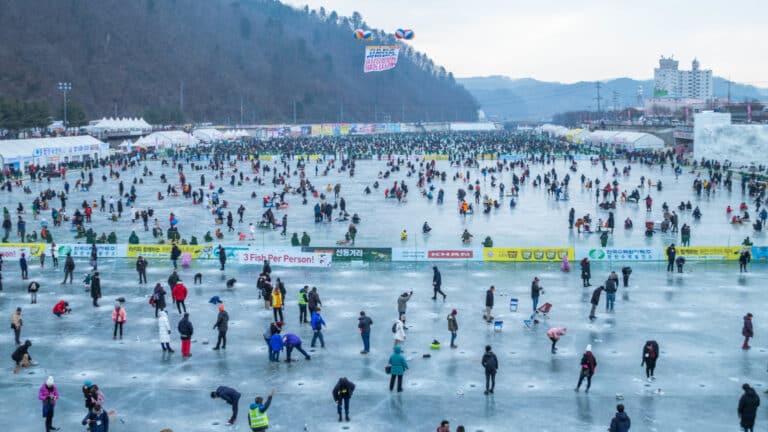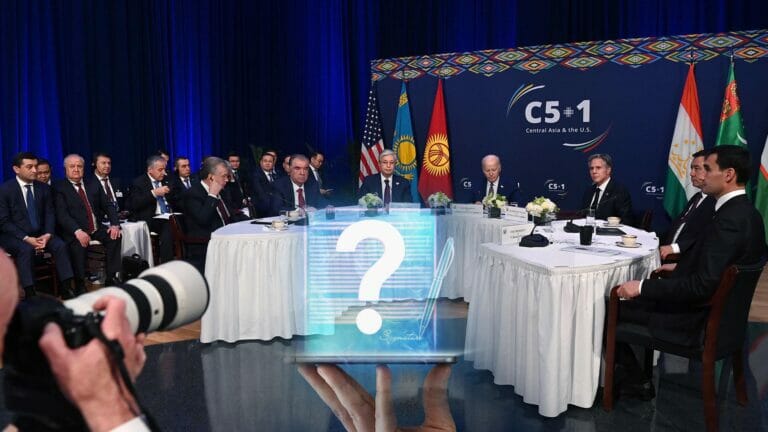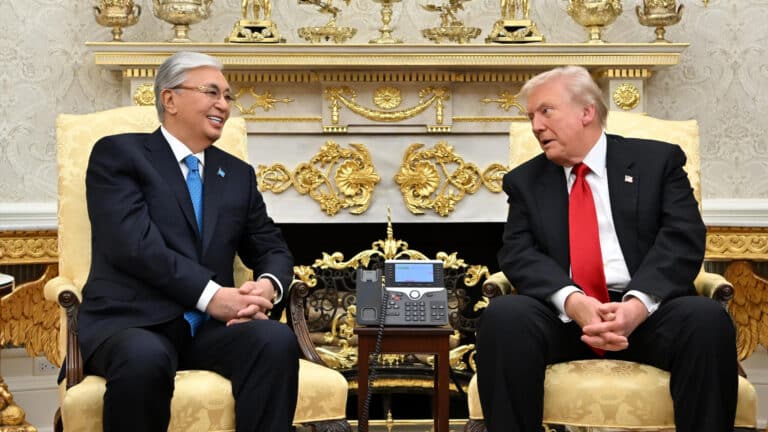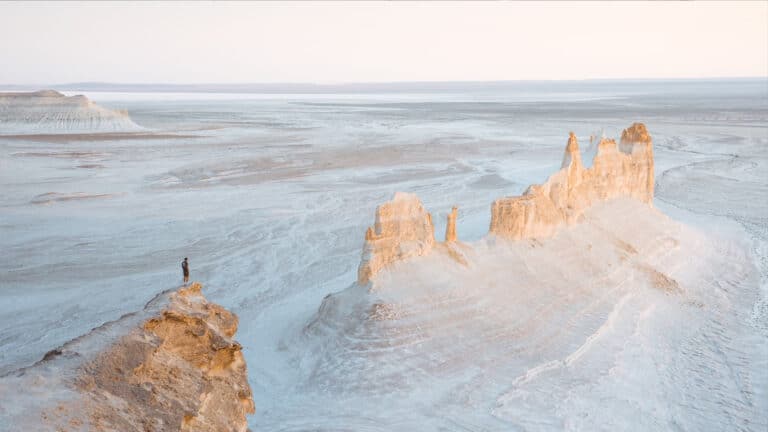
June 14 brought the long-anticipated news – Russia’s state nuclear corporation Rosatom will lead the construction of Kazakhstan’s first nuclear power plant (NPP), according to the country’s Agency for Atomic Energy (AAE).
China’s bid
Rosatom was selected from a shortlist of four international technology providers, which also included China National Nuclear Corporation (CNNC), South Korea’s Korea Hydro & Nuclear Power (KHNP) and France’s Électricité de France (EDF).
Kazakhstan conducted an integrated assessment of proposed reactor technologies and vendor proposals using a methodology co-developed by the AAE and Kazakhstan Nuclear Power Plants (KNPP) – an entity responsible for NPP feasibility studies, design and construction – in partnership with the French engineering firm Assystem. The evaluation covered key areas including nuclear safety, technological and financial factors, international experience, workforce training, and the level of local content and production.
While CNNC was not selected for the first project, it was named the lead partner in an international consortium to build Kazakhstan’s second NPP. According to AEE Chairman Almassadam Satkaliyev, proposals from Russia and China were the strongest among those submitted for evaluation.
China has actively promoted its nuclear technology for Kazakhstan’s first NPP project, and Kazakhstan has signaled willingness to cooperate with China on that effort.
In August 2024, Li Yudong, deputy head of the CNNC office for Central and Eastern Europe, told Kursiv.media that building a 1-gigawatt NPP in Kazakhstan would cost about 20 billion yuan (approximately $2.8 billion) and take five years to complete. Based on that estimate, constructing a 2.4-GW facility with a Chinese contractor would cost roughly $5.47 billion.
Initially, Kazakhstan’s Ministry of Energy estimated the plant’s cost (two 1.2 GW reactors totaling 2.4 GW) at $10 billion. Since then, experts and government officials have revised the estimate upward to $11 billion, $12 billion and even $15 billion.
Rosatom’s dominance
Despite offering one of the most cost-effective solutions, China, like Western suppliers, still faces challenges in competing with Rosatom’s dominance in the global nuclear technology and services market. Several key factors make Rosatom a clear choice for Kazakhstan’s first NPP project. Unlike many private-sector competitors, Rosatom has a strong track record of delivering projects on time and within budget. It also can manage large-scale developments, including the simultaneous construction of multiple reactor units.
While Chinese and South Korean firms are emerging players in the field, China is still in the early stages of exporting nuclear technology, and South Korea has fewer completed international projects and typically higher costs.
Commenting on the recent developments, Rosatom CEO Alexey Likhachev said the company will build one of the most advanced NPPs in the world for Kazakhstan, featuring next-generation VVER-1200 reactors.
«Generation III+ VVER-1200 reactors combine time-tested engineering solutions with the latest active and passive safety systems, developed in full compliance with international safety standards,» he said. «These reactors are already in operation in Russia and abroad: four units in Russia and two in Belarus. Our partners in Hungary, Egypt, Turkey, Bangladesh and China have also selected this technology.»
Nevertheless, as researchers Jennet Charyyeva and Yanliang Pan point out, nuclear power development in Kazakhstan should not be viewed solely as a Russian-dominated endeavor. Kazakhstan now holds more negotiating power than ever before. The countries shortlisted for participation in Kazakhstan’s NPP project depend on it for uranium supplies.
The researchers highlight that thanks to French technology transfer and Chinese investment, Kazakhstan is now capable of producing fuel assemblies for pressurized water reactors designed by France and China. This significantly reduces the risk of supply chain vulnerabilities, an issue that has affected European operators of Russian-designed VVER reactors in recent years, particularly in the wake of geopolitical tensions.
CNNC’s expertise
China’s substantial investments in Kazakhstan’s infrastructure and energy sectors also make it a natural partner for large-scale projects such as an NPP.
«A separate general agreement with China on cooperation in the nuclear industry is planned,» said Satkaliyev of AAE, commenting on the decision to select CNNC as the main supplier for Kazakhstan’s second NPP. «We want to see Chinese technologies in Kazakhstan for the construction of another NPP. Objectively, there are not many countries in the world that can accomplish the entire nuclear cycle on their own, and China is certainly one of them. It has all the necessary technologies and a complete industrial base. Our next top priority is cooperation with China.»
He noted that China has experience in fast, high-quality nuclear plant construction, and Kazakhstan is eager to leverage that expertise and build a strong team to carry out the project.
Kazakhstan’s first NPP, with a planned capacity of 2.4 GW, is slated for construction in the village of Ulken, in the Zhambyl district of the Almaty region, near Lake Balkhash. In January 2025, then-Minister of Energy Almassadam Satkaliyev stated that at least three NPPs should form the foundation of the country’s future nuclear energy cluster.













